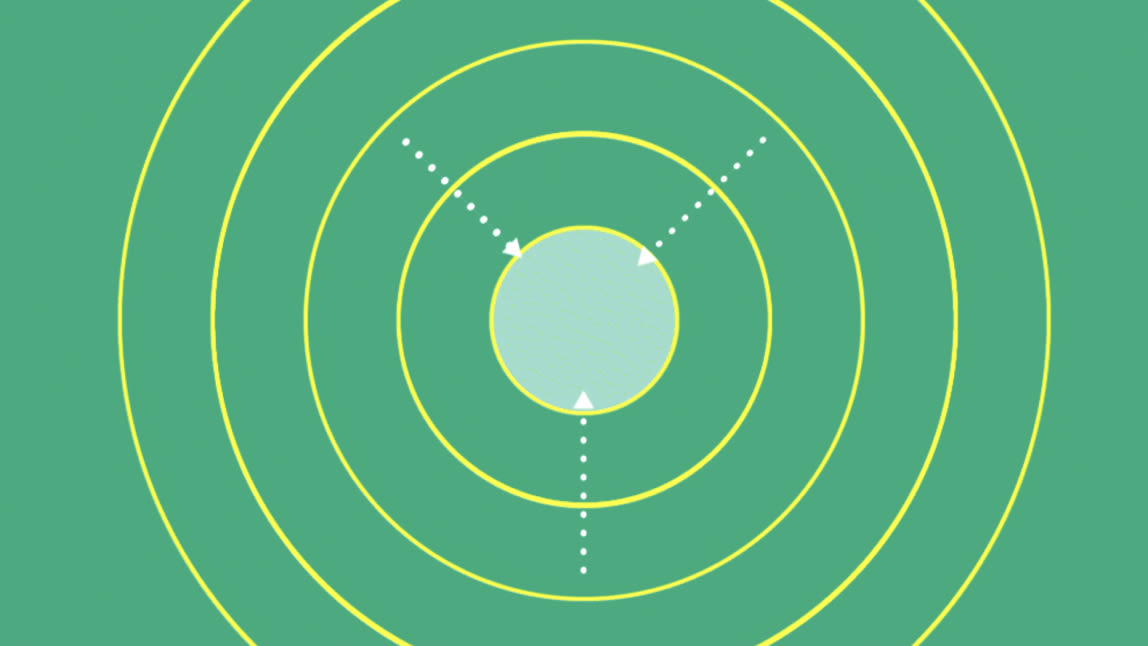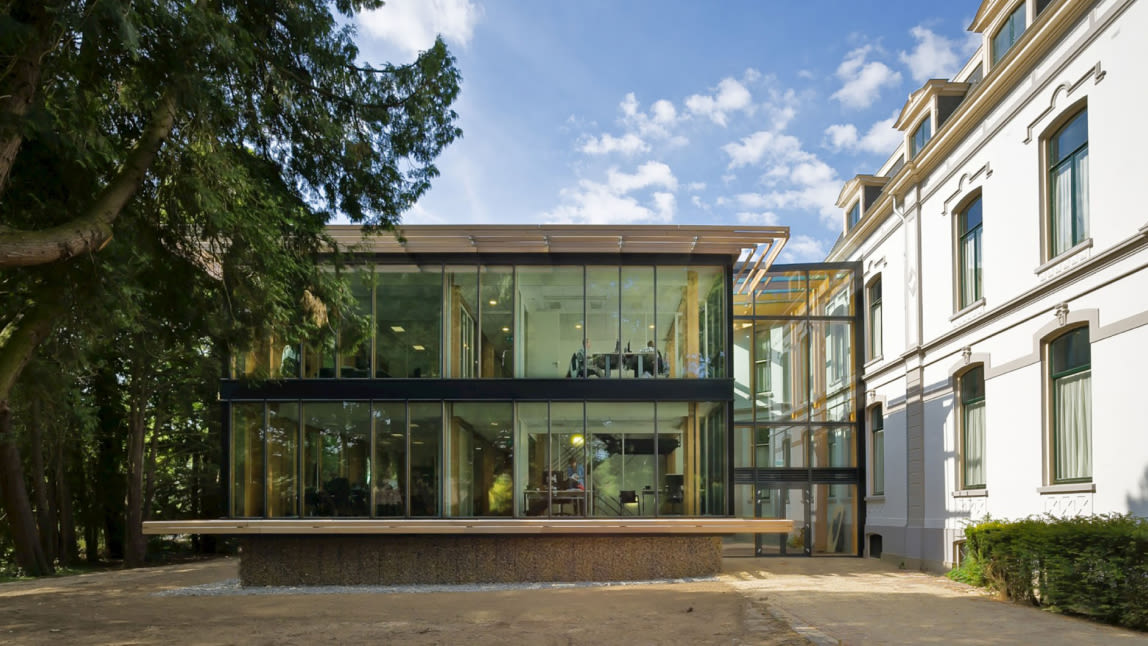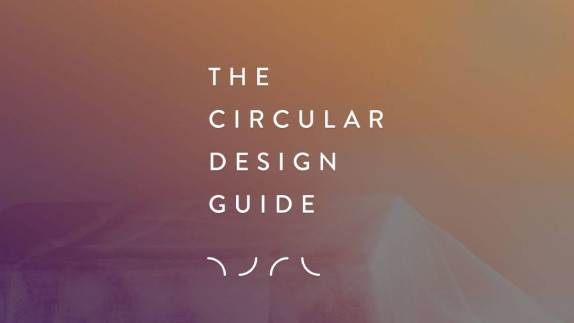The Ellen MacArthur Foundation has identified six leverage points that designers can employ to bring circularity to their concepts. Together these points form a non-prescriptive framework to help organisations unlock the potential of circular design.
The growing awareness of the inadequacy of downstream solutions means that many designers are already redesigning existing products and services so that they are fit for a circular economycircular economyA systems solution framework that tackles global challenges like climate change, biodiversity loss, waste, and pollution. It is based on three principles, driven by design: eliminate waste and pollution, circulate products and materials (at their highest value), and regenerate nature.. However, ‘circular-ready’ products and services which still sit within a linear system are often limited in scope and impact. Instead, we need to rethink the core ways in which organisations plan, conceive, develop, test, launch, and measure innovation.
Launched today, From ambition to action: an adaptive strategy for circular design offers tangible, practical actions that are adaptable to any type of organisation. Drawing on the experiences of Circular Design Leaders, from a wide array of sectors and companies, it highlights the crucial role design plays in transitioning to a circular economy.
The Six Design Leverage Points

This transition is essential. With 45% of global greenhouse gas emissions coming from how we make and use things and the extraction and processing of natural resources accounting for 90% of biodiversity loss - design has huge potential to influence our transition to a circular economy. By applying the principles of the circular economy, we can redesign our broken, take-make-waste, linear economylinear economyAn economy in which finite resources are extracted to make products that are used - generally not to their full potential - and then thrown away ('take-make-waste'). to eliminate waste and pollution, circulate products and materials, and regenerate nature.
Developed by designers, for designers, the adaptive strategy for circular design offers six entry points for organisational transformation. It continues the journey initiated by the Foundation’s previous circular design insights and sets the direction of travel for organisations wanting to shift to circular business models, highlighting the conditions needed to deliver on these goals.
“There’s an urgent need to transition from our wasteful, linear economy to a regenerative, circular economy. Today, more people understand ‘why’ design is key to this transformation, but we’ve been lacking the full picture of ‘how’ designers can contribute. This adaptive strategy highlights tangible areas that designers of all disciplines can influence. It uses practical examples that can be customised and contextualised for different organisations and situations. To avoid simply patching up our flawed linear system, we must imagine something different. Aimed at designers and innovators, this piece helps organisations leverage the full potential of design to explore the opportunities that a circular future can provide, including the roles we can all play in the journey to get there.” Joe Iles, Design Programme Lead, Ellen MacArthur Foundation.
This new, adaptive strategy – detailing the six design leverage points – can be found on the Ellen MacArthur Foundation website and, although aimed at those leading circular design efforts, it’s a useful tool for anyone wishing to apply circular design to their work.
Visit the website.







